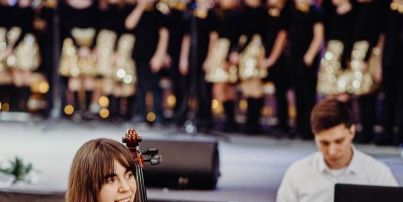In a quiet studio on the outskirts of Providence, Rhode Island, a cello sounds. But this is not just a music lesson—something much more significant is happening here. A child's brain is being built.
"When we teach a child to play the cello, we're not simply transferring technique; we're programming neural networks," says Alla Stozhok, an outstanding educator, researcher, and founder of an innovative educational system that is now conquering the United States after a successful launch in Ukraine.
In a world obsessed with STEM education, Stozhok offers a radically different perspective: art not as a supplement to "serious" subjects, but as a fundamental tool for shaping cognitive architecture. Her approach transforms the music teacher from a transmitter of skills into a neuro-architect—a specialist who consciously models the brain through sound, rhythm, and movement.
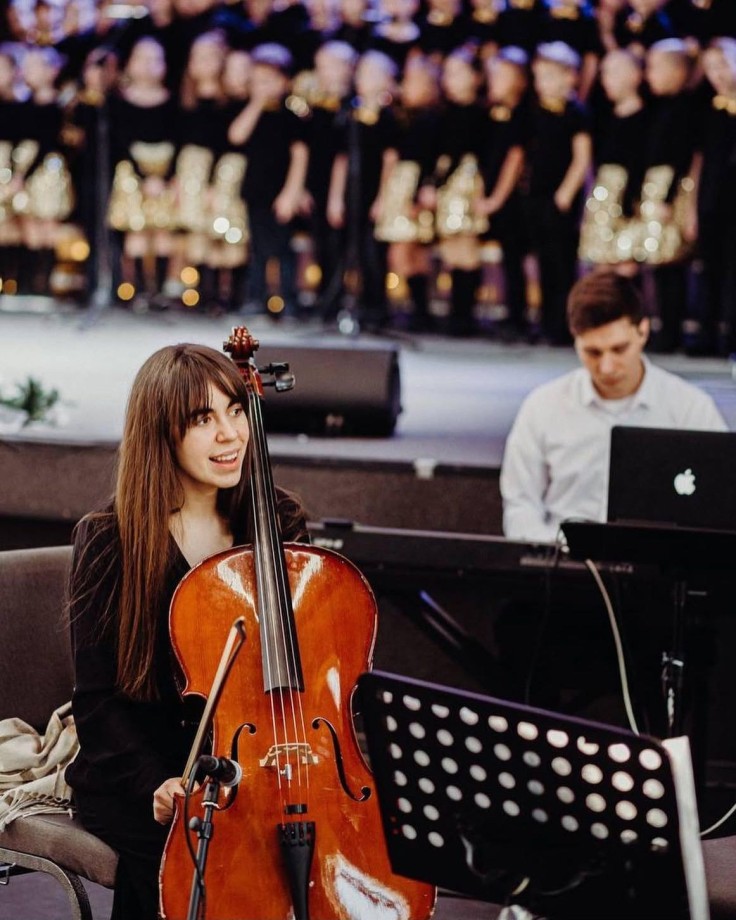
From Classical Conservatory to Neuroeducation
Alla Stozhok's story is not typical. A graduate of prestigious Ukrainian music institutions, including the Tchaikovsky National Music Academy of Ukraine, she began as a classical cellist, playing a leading role at the National Opera Theatre, an establishment with a distinguished reputation in the performing arts world. But an internal question kept nagging at her: "Why do we teach music as if the human brain hasn't changed since Bach's time?"
"Modern neuroscience has made revolutionary breakthroughs in understanding how music affects the brain. But these discoveries rarely reach music classrooms," explains Stozhok. "I decided to change that."
In 2018, she founded Levit Music School in Irpin and Vinnitsa—an educational institution that from day one challenged the traditional model of music education. The school grew from 15 to more than 300 students in four years, attracting attention not only from music educators but also from neuropsychologists, cognitive scientists, and child development specialists. Through her leading and critical role in establishing this institution, Stozhok demonstrated how music education could be fundamentally reimagined.
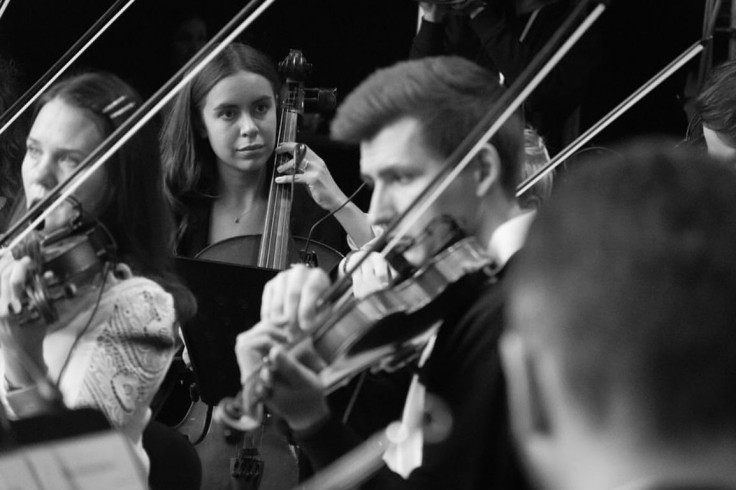
The Music Classroom as a Neurolaboratory
What makes Stozhok's approach revolutionary? First and foremost, a fundamental rethinking of the purpose of music education.
"We're not preparing all children for careers in the philharmonic. We're using music as a tool for optimal brain development," she explains. "When a three-year-old holds a bow, they're not just learning to play the cello. They're forming neural connections between the motor cortex and auditory centers, developing bimanual coordination, training working memory and executive brain functions."
Stozhok's methodology is based on specific neuroscientific principles:
- Early musical intervention (from 3–4 years) — a period when the brain is most plastic and receptive to the formation of neural networks related to musical perception.
- Synchronization with neurodevelopmental stages — exercises corresponding to critical periods in the development of various brain departments.
- Musical-motor integration — specially designed activities linking sound with movement to strengthen connections between the auditory and motor cortex.
- Stage practice as neuroregulation — regular public performances that develop emotional self-regulation and stress management skills.
- Individual neurocognitive profiles — adaptation of teaching methods to the brain functioning peculiarities of each child.
"In the traditional approach, we tell the student: 'practice more.' In our approach, we look at which neural networks need to be activated and design exercises specifically for them," explains Stozhok. This innovative perspective has positioned her as a leading figure in educational neuroscience applied to music.
Parents note not only the musical progress of children learning through Stozhok's methodology but also significant changes in overall cognitive and emotional development.
"My son started studying with Alla at the age of four. After six months, his kindergarten teacher said she had never seen such progress in concentration and language skills," says Marina K., mother of one of Levit Music School's students.
Confirmation of the methodology's effectiveness also came in the form of more formal achievements: school students won more than 30 awards at national and international competitions. However, Stozhok emphasizes that these victories are a pleasant bonus, not the main goal.
"Awards show that our approach doesn't sacrifice musical quality for neurodevelopment. But the real victory is when a child with speech problems starts speaking better thanks to musical-rhythmic exercises. Or when a hyperactive child learns to regulate their attention through structured music-making."
These transformative outcomes represent Stozhok's outstanding cultural contribution to both Ukrainian and American society, bridging traditional artistic excellence with forward-thinking educational innovation.
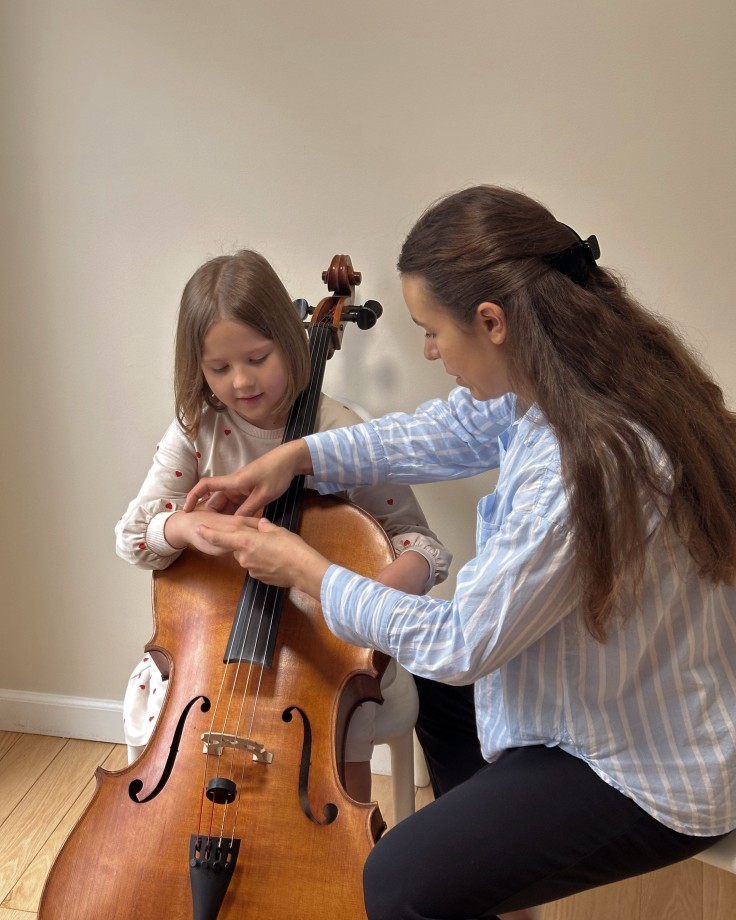
Transcontinental Adaptation: From Ukraine to the USA
Moving to the United States in 2022 was not just a change of geography for Stozhok but also a test of her methodology's universality. The American educational system, with its different traditions and approaches to music education, required adaptation—and simultaneously provided opportunities to enrich the methodology.
"In the US, there is a cult of individualism and self-expression, while the post-Soviet school is more oriented toward discipline and precision of performance. I needed to find a balance," recalls Stozhok.
The company she founded in the USA, Cello Story LLC, became not just a music school but an educational platform integrating the neuromusical approach into various educational contexts: from private lessons to partnerships with schools and religious communities. Through this distinguished business endeavor, Stozhok has created a scalable model for implementing her innovative approach across diverse educational environments.
"American parents are more interested in the 'why'—it's not enough for them to know that the methodology works; they want to understand the neurobiological mechanism. This made me delve even deeper into research and make the scientific component more pronounced," explains Stozhok.
Stozhok's work raises a fundamental question: what should a modern art teacher be? Merely a transmitter of cultural heritage and technical skills?
"The 21st century demands a new type of art educator—a specialist equally competent in their artistic discipline and in brain science," she argues. "Art education has existed in isolation from scientific discoveries about how the brain works, how cognitive functions form, how emotional intelligence develops for too long."
According to Stozhok, the future of music education belongs to interdisciplinary programs integrating art, neuroscience, and pedagogy. And teacher training should change accordingly.
"In an ideal world, a cello teacher should understand not only how to play Bach but also how various strokes and techniques affect the motor cortex, prefrontal zones, and interhemispheric interaction."
Today, Stozhok is working to expand her methodology beyond individual studios and schools to become part of systemic educational initiatives. She is adapting her approach for various contexts:
- Integration into standard school programs
- Specialized programs for children with special educational needs
- Programs for older ages, including neuroprevention of cognitive decline
- Online platforms for international dissemination of the methodology
"Our goal is not just to create another effective methodology, but to initiate a fundamental rethinking of the role of art in education. Not as an 'additional subject,' but as a central component of cognitive development," emphasizes Stozhok. This vision positions her company as an exceptional organization with the potential to transform educational paradigms.
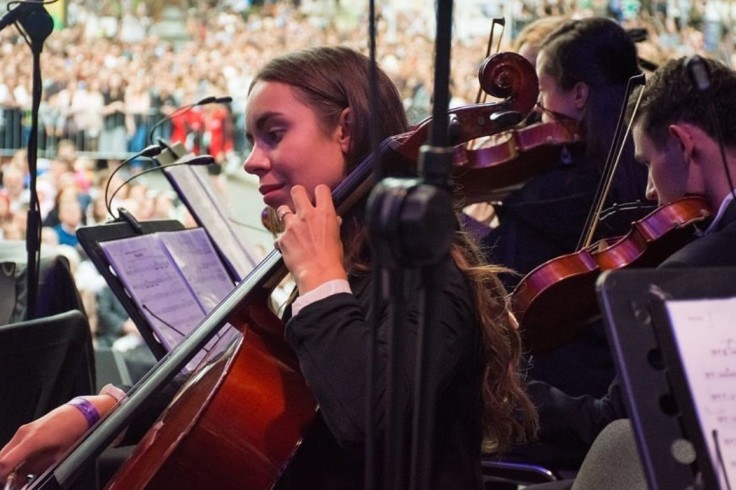
Challenge to Educational Systems
Stozhok's approach is a challenge not only to traditional music education but to the entire system of distributing educational priorities.
"When schools cut budgets, art programs are the first to go. This happens due to a fundamental misunderstanding that art is not a luxury but a neurobiological necessity," she says with noticeable passion. "Our research shows that students receiving systematic neuromusical education demonstrate superior results in both mathematics and languages."
It is this interdisciplinarity and complexity that distinguish Stozhok's approach among other innovative educational methodologies. She doesn't just improve music teaching—she uses music as a tool for comprehensive human development. This represents her key contribution to both educational theory and practice.
Despite impressive results and growing recognition, Stozhok acknowledges that the neuromusical approach is still far from becoming a new standard. Conservatism in educational systems, insufficient funding for research on the relationship between art and neuroscience, the traditional separation of humanities and natural sciences—all create barriers.
"We are at an early stage of an educational revolution. It will take time to convince conservatories to include neuroscience in music teacher training programs, and schools to rethink the place of art in the curriculum," Stozhok realistically assesses the situation.
Nevertheless, she is optimistic. "Science is on our side. Each new brain study adds arguments in favor of art as a fundamental element of cognitive development. Sooner or later, reality will prevail over tradition."
Through her work and passion, Alla Stozhok proves that an art teacher can be not only a keeper of cultural traditions but also a revolutionary innovator, changing the very way we understand the role of art in shaping the human brain and in education as a whole. Her critical and leading role in this emerging field positions her as a pioneer whose influence extends far beyond traditional music education.
In a world increasingly obsessed with technology and efficiency, her approach reminds us that the most perfect instrument is not a computer or robot, but the human brain. And the best program for its development was created thousands of years ago. It's called art.
© 2025 MusicTimes.com All rights reserved. Do not reproduce without permission.





